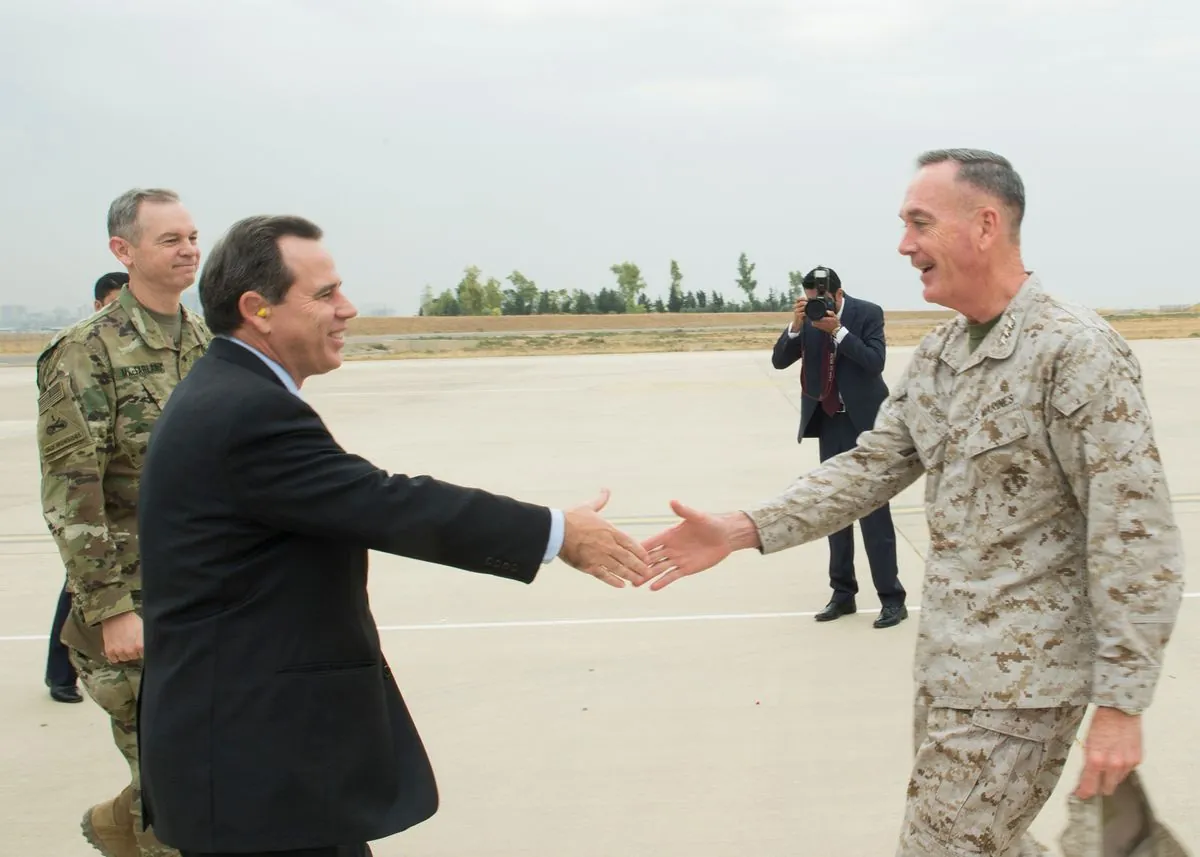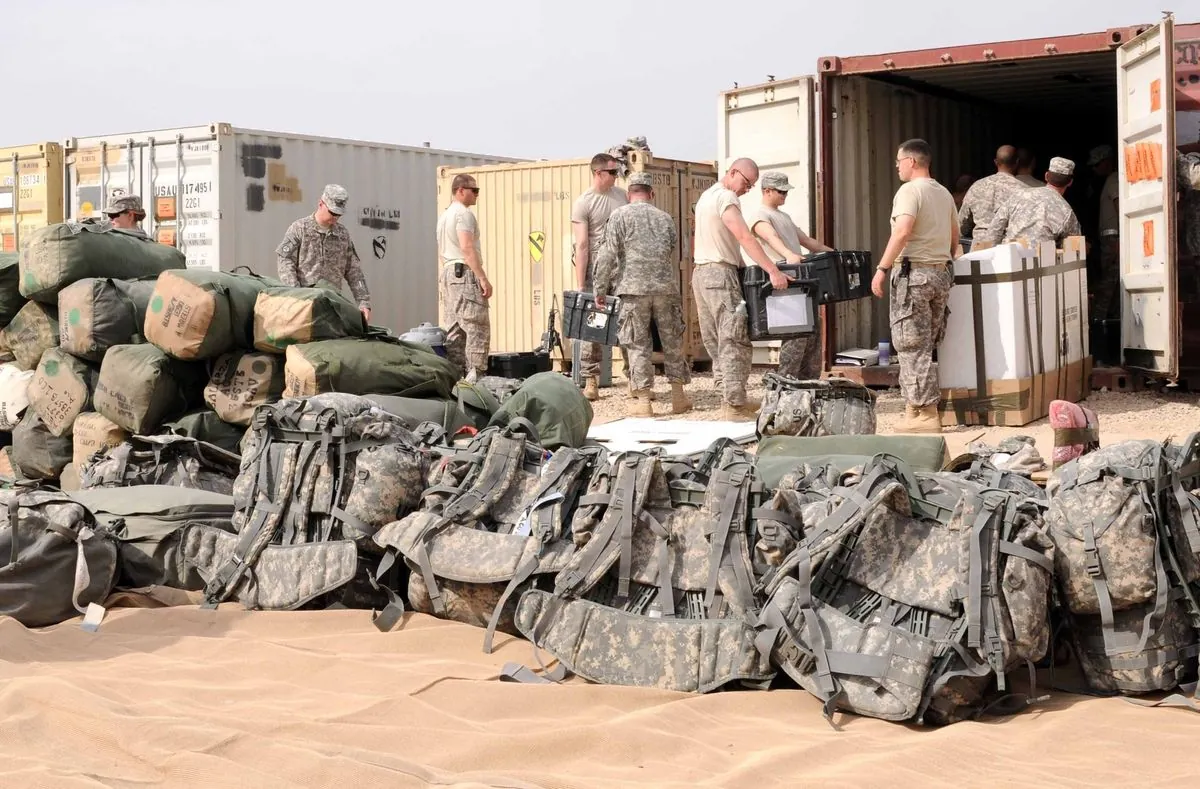US-Iraq Agreement: Coalition Forces to Withdraw by 2026
US and Iraq reach understanding on coalition forces withdrawal by 2026. Plan includes initial troop reduction by 2025 and potential advisory role for some US troops. Announcement pending final approval.

The United States and Iraq have reached an agreement on the withdrawal of US-led coalition forces from Iraq, according to multiple sources familiar with the matter. The plan, which is yet to receive final approval from both governments, outlines a phased withdrawal process extending until the end of 2026.
Under the proposed timeline, a significant number of troops are expected to depart by September 2025, with the remaining forces leaving by the conclusion of 2026. This agreement marks a significant shift in the US military presence in the region, which began with the 2003 invasion that led to the overthrow of Saddam Hussein.

The US-led coalition, formed in 2014 to combat the Islamic State, has played a crucial role in Iraq's security landscape. At its peak, the extremist group controlled approximately one-third of Iraq and Syria's territory. The coalition's efforts contributed to the territorial defeat of Islamic State in Iraq by the end of 2017 and in Syria by 2019.
Currently, the US maintains approximately 2,500 troops in Iraq and 900 in neighboring Syria. Other coalition members, including Germany, France, Spain, and Italy, also contribute to the mission with hundreds of troops.
The withdrawal plan includes the complete evacuation of coalition forces from the Ain al-Asad airbase in western Anbar province and a significant reduction of presence in Baghdad by September 2025. However, some troops are expected to remain in Erbil, located in the semi-autonomous Kurdistan region, until around the end of 2026 to support ongoing operations against Islamic State in Syria.
"While we appreciate their help, U.S. troops have become a magnet for instability, frequently targeted and responding with strikes often not coordinated with the Iraqi government."
The agreement follows more than six months of negotiations, initiated by Prime Minister Mohammed Shia al-Sudani in January 2024. These talks were prompted by attacks on US forces by Iran-backed Iraqi armed groups, which resulted in casualties and retaliatory strikes, threatening Iraq's stability.
The withdrawal timeline aligns with Iraq's political calendar, with the first phase concluding one month before the scheduled parliamentary elections in October 2025. This timing could provide a political advantage for al-Sudani as he navigates Iraq's complex relationships with both Washington and Tehran.
For the US, the two-year timeframe offers flexibility to adjust to potential changes in the regional situation. While the primary focus of the US presence has been countering Islamic State, it has also served as a strategic position against Iranian influence in the region.
The final announcement of the agreement, initially planned for earlier this year, was postponed due to regional escalations related to the conflict in Gaza and the need to finalize remaining details. As both nations work towards establishing a new advisory relationship, some US troops may remain in Iraq after the drawdown in a different capacity.
This development represents a significant evolution in US-Iraq relations, reflecting changing regional dynamics and Iraq's growing capability to manage its security challenges. The implementation of this agreement will be closely watched by regional and global observers as it unfolds over the next two years.


































